
Rocket base Devínska Kobyla - competition results
Source
Denisa Hajóssyová, ITB Development
Denisa Hajóssyová, ITB Development
Publisher
Tisková zpráva
20.12.2021 16:10
Tisková zpráva
20.12.2021 16:10
Slovakia
Bratislava
Devínska Nová Ves
A seven-member jury selected 3 winning designs from among 38 student proposals from around the world and also decided on the awarding of additional special prizes.
Devínska Kobyla is an area on the border of three countries. This area served tourism in the past, but after being occupied by Warsaw Pact troops, it became inaccessible to the public due to its strategic location, becoming the site of a rocket base. Today, the area reveals the remnants of this era in the form of dilapidated concrete structures, towers, and bunkers.
The conceptual architectural competition for architecture students and recent graduates regarding the future of this area was announced in June of this year by ITB Development and Architects Šebo Lichý. A total of 38 teams and individuals from around the world participated in the competition by the deadline of October 29, 2021. The jury, composed of architects working abroad – Dana Čupková, Miroslava Brooks, and Lenka Petrákova, architects Imrich Vaško, Tomáš Šebo, and Igor Lichý, along with the mayor of Devínska Nová Ves – the municipal district whose jurisdiction the area falls under, Dárius Krajčír, selected the top 10 proposals through anonymous voting in the first round. The winning designs emerged from this shortlist. Financial prizes of €3000 for the winning team, €2000 for the second place, and €1000 for the team in third place were awarded to:
1. Ksenia Panferova and Polina Minina from Russia
2. Dávid Nosko from Slovakia
3. Tristan Dee, Ira Espina, and Patricia Ong from the Philippines
“The winning proposal best addressed the issues of the competition and created a unique and comprehensive scenario for the continuation of the history, topography, and program of the site for the present. The proposal offers the transformation of the location with maximum respect for the existing site, nature, and flora through architectural interventions into the building substances. The project proposes a system of new diverse cultural, social, tourism, and scientific-educational activities on the footprint of the rocket base's structures, such as a museum, a hotel for researchers and artists, art workshops, and an amphitheater, as well as a planetarium and observatory due to the area being the highest elevated region of Bratislava. The architectural and visual treatment of the proposal best responds to the phenomenon and character of the area,” evaluates the winning proposal Imrich Vaško, architect and jury member.
The jury also agreed to award additional proposals the title “Honorable mention/Čestné uznanie.” “These teams brought radical ideas regarding the program and nature to the competition that may seem less feasible, but they deserve recognition for not being afraid to push the boundaries of imagination and challenge the status quo in some way,” evaluated architect Miroslava Brooks on behalf of the jury. Thus, two student teams from the University of Edinburgh – Michael Becker, Jaaziel Kajoba, and Terry Feng collaborating under the name Lignum Vitae Team, and Ching En Lin, Po Yen Huang, and Geon Yeong Kim, will also take home €500 awards.
The mayor of the municipal district Devínska Nová Ves – Dárius Krajčír also decided to award a special prize – the Mayor's Prize was also won by the team from the University of Edinburgh – Bingzhi Li, Hechcen Yuan, and Tubohao Yang.
“We believe that this conceptual competition will serve as a much-needed impulse for the revitalization of the currently abandoned and dilapidated rocket base area. We find several inspiring realizations of a similar kind abroad, where neglected military bunkers have transformed into remarkable architectural works,” states architect Igor Lichý, one of the competition organizers, and adds: “The announcement of the results does not conclude the discussion about the future of the Rocket Base at Devínska Kobyla. As soon as the epidemiological situation allows, we want to present the best proposals to the wider public, the residents of the area, as well as visitors to the viewpoint at Devínska Kobyla, and the rocket base itself.”
Devínska Kobyla is an area on the border of three countries. This area served tourism in the past, but after being occupied by Warsaw Pact troops, it became inaccessible to the public due to its strategic location, becoming the site of a rocket base. Today, the area reveals the remnants of this era in the form of dilapidated concrete structures, towers, and bunkers.
The conceptual architectural competition for architecture students and recent graduates regarding the future of this area was announced in June of this year by ITB Development and Architects Šebo Lichý. A total of 38 teams and individuals from around the world participated in the competition by the deadline of October 29, 2021. The jury, composed of architects working abroad – Dana Čupková, Miroslava Brooks, and Lenka Petrákova, architects Imrich Vaško, Tomáš Šebo, and Igor Lichý, along with the mayor of Devínska Nová Ves – the municipal district whose jurisdiction the area falls under, Dárius Krajčír, selected the top 10 proposals through anonymous voting in the first round. The winning designs emerged from this shortlist. Financial prizes of €3000 for the winning team, €2000 for the second place, and €1000 for the team in third place were awarded to:
1. Ksenia Panferova and Polina Minina from Russia
2. Dávid Nosko from Slovakia
3. Tristan Dee, Ira Espina, and Patricia Ong from the Philippines
“The winning proposal best addressed the issues of the competition and created a unique and comprehensive scenario for the continuation of the history, topography, and program of the site for the present. The proposal offers the transformation of the location with maximum respect for the existing site, nature, and flora through architectural interventions into the building substances. The project proposes a system of new diverse cultural, social, tourism, and scientific-educational activities on the footprint of the rocket base's structures, such as a museum, a hotel for researchers and artists, art workshops, and an amphitheater, as well as a planetarium and observatory due to the area being the highest elevated region of Bratislava. The architectural and visual treatment of the proposal best responds to the phenomenon and character of the area,” evaluates the winning proposal Imrich Vaško, architect and jury member.
The jury also agreed to award additional proposals the title “Honorable mention/Čestné uznanie.” “These teams brought radical ideas regarding the program and nature to the competition that may seem less feasible, but they deserve recognition for not being afraid to push the boundaries of imagination and challenge the status quo in some way,” evaluated architect Miroslava Brooks on behalf of the jury. Thus, two student teams from the University of Edinburgh – Michael Becker, Jaaziel Kajoba, and Terry Feng collaborating under the name Lignum Vitae Team, and Ching En Lin, Po Yen Huang, and Geon Yeong Kim, will also take home €500 awards.
The mayor of the municipal district Devínska Nová Ves – Dárius Krajčír also decided to award a special prize – the Mayor's Prize was also won by the team from the University of Edinburgh – Bingzhi Li, Hechcen Yuan, and Tubohao Yang.
“We believe that this conceptual competition will serve as a much-needed impulse for the revitalization of the currently abandoned and dilapidated rocket base area. We find several inspiring realizations of a similar kind abroad, where neglected military bunkers have transformed into remarkable architectural works,” states architect Igor Lichý, one of the competition organizers, and adds: “The announcement of the results does not conclude the discussion about the future of the Rocket Base at Devínska Kobyla. As soon as the epidemiological situation allows, we want to present the best proposals to the wider public, the residents of the area, as well as visitors to the viewpoint at Devínska Kobyla, and the rocket base itself.”
The English translation is powered by AI tool. Switch to Czech to view the original text source.
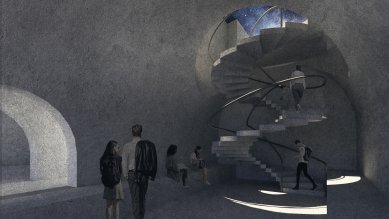
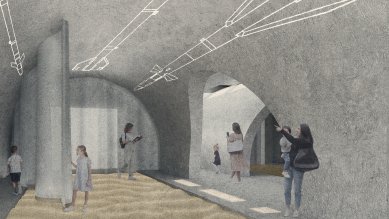
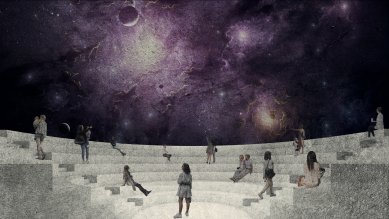
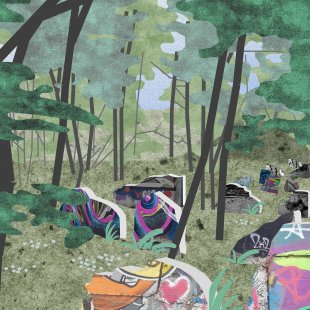
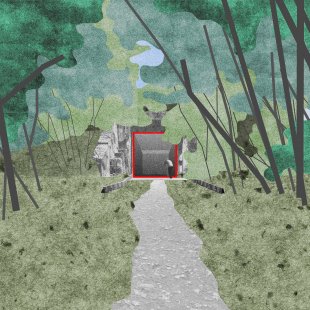
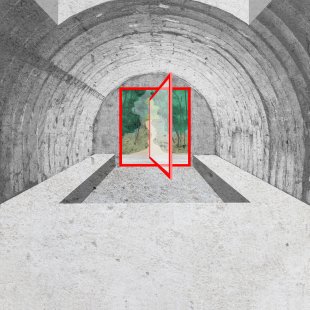
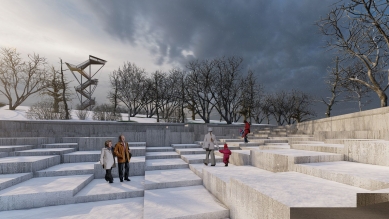
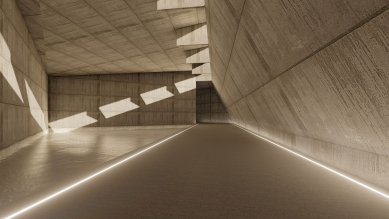
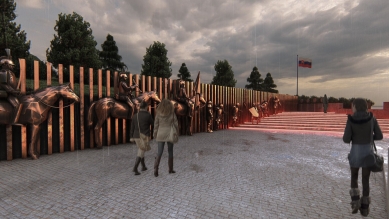
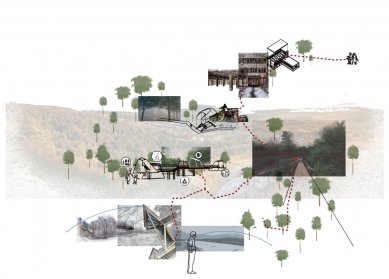
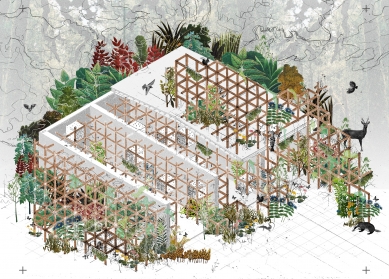
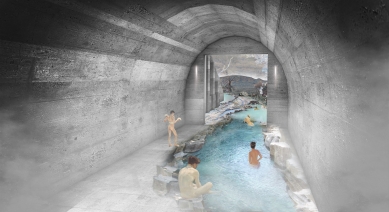
0 comments
add comment









